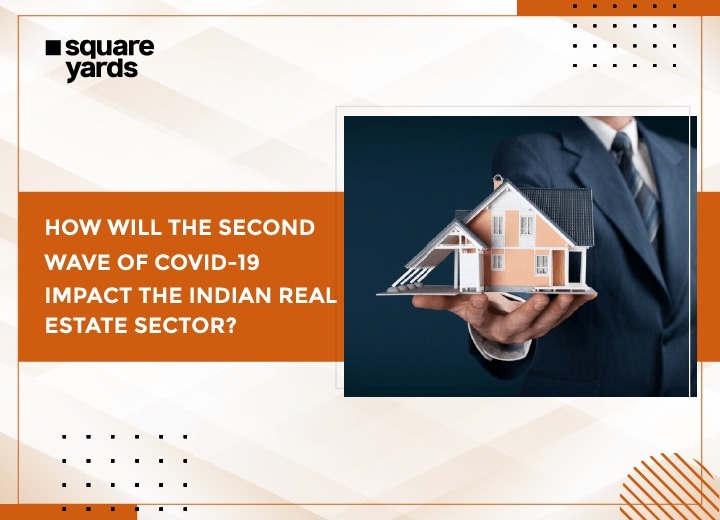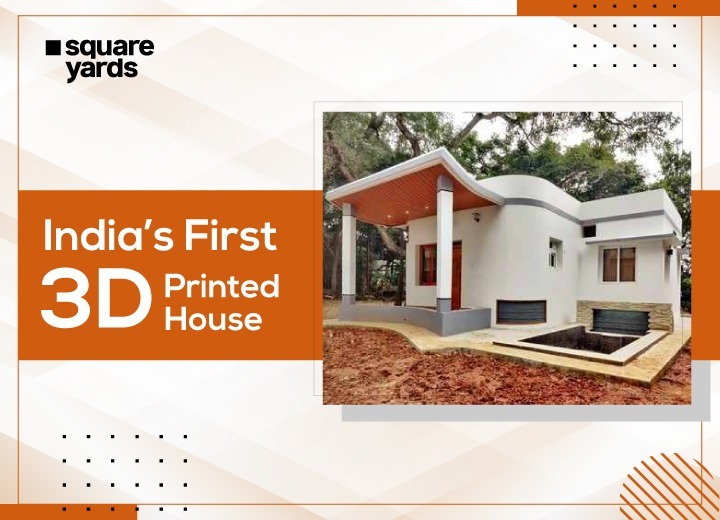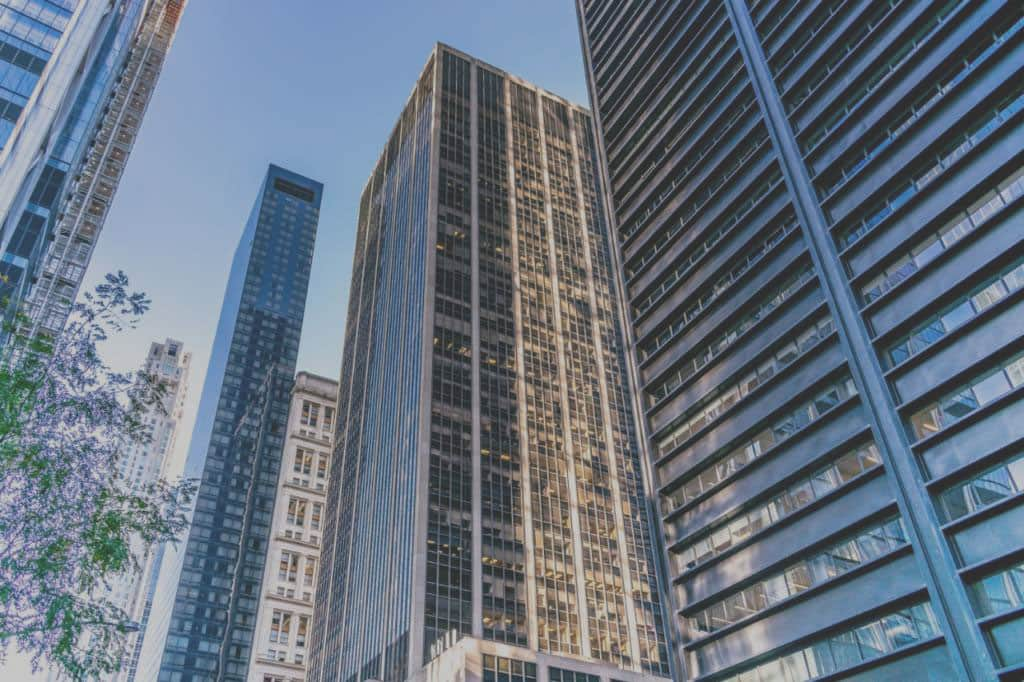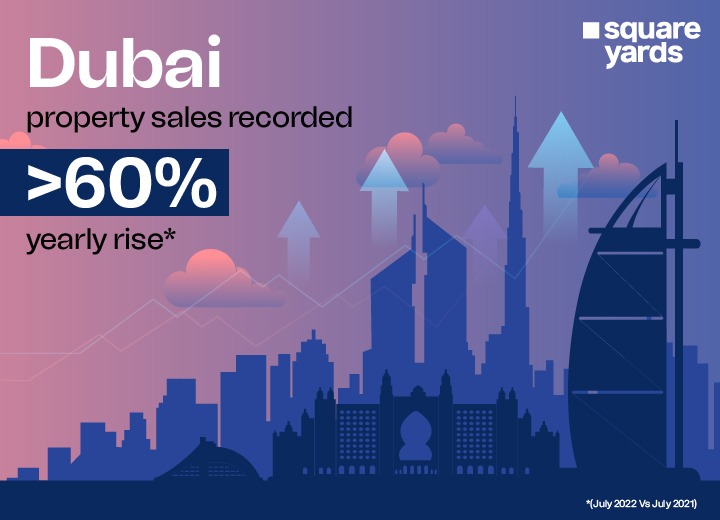Attention guys, girls and non-binary pals! This is a pre-reading announcement for our trip down nostalgia lane. Please broaden your attention span just how we intend to expand the horizons of interior design with this blog. Thank you for choosing Square Yards. We hope you cast your eyes on the trends and stay relevant!
This evocative read reminisces the retro design theme. However, before we dive in, let’s give the Gen-Z a true flashback. We’re now in the 1970s – Indira Gandhi has won a landslide victory for her second term as India’s PM; Mother Teresa has been awarded a Nobel Peace Prize; Sony has introduced the Walkman; Disco is topping all music genres; the Vietnam War has ended after nearly two decades; we’ve bid adieu to legendary artists like Bruce Lee and Elvis Presley; it has been a year to the Stonewall Riots; bell-bottoms, neon prints and mom jeans are in vogue. Chances are, you’re listening to these news updates on Doordarshan while sipping Rasna. Your house is decorated with patterned wallpapers, shag rugs, cane furnishing and artefacts.
Trends are ever-changing, but sooner or later, they always come back! In the past few decades, interiors were devoid of clutter featuring clean lines, minimalism, and subtle sophistication. Contemporarily, retro enhancements are reviving the residential and commercial interiors.
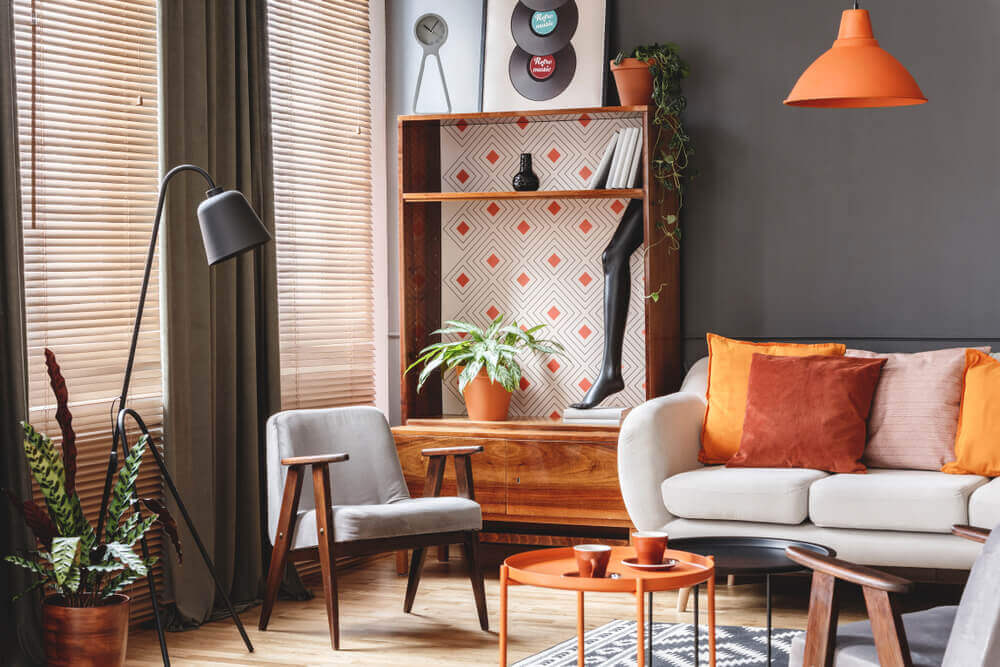
This resurgence can be seen in the form of vibrant colour palettes, bold geometric patterns, brassy fit-outs, or vintage furniture pieces. This inspiration can be traced back to the second half of the 1900s. If you want to integrate the retro theme into your home decor, here’s our handy guide to modernising your home with an enchanting throwback.
Table of contents
Vintage Inspired Furniture
View this post on Instagram
With the right mix of the old-world charm and retro theme, vintage furniture such as wooden, wicker, or leatherlike, is making its way into our living rooms. In the 1970s, bamboo and wicker furniture were high in demand, exuding a Bohemian style. They are making a major resurgence in modern interiors.
View this post on Instagram
These materials lend an airy and natural element to a home’s interiors. Moreover, they offer the advantage of extreme durability and versatility. Many of these furniture pieces are also handmade, which gives any room a homespun look.
View this post on Instagram
Currently, the chartbuster “As It Was” is everyone’s favourite. Did you notice Harry Styles standing in an upside-down room in the album cover? It’s a mid-century ’70s room with an orange couch and low-slung lounge chair that resembles the work of Italian maker Giandomenico Belott (1970s Belotti Spaghetti Dining Chair)
Geometric Cladding
Lively pastel hues like dusty blue, mint green, peach and salmon were prominent throughout the ‘70s in kitchens and bathrooms. These colours created a fun ambience by combining seemingly incompatible tones. Even though this colour scheme fell out of design trend in the ‘90s, it seems to be making a comeback.
View this post on Instagram
The bathroom was designed in the 1980s with geometric cladding and pink bathroom fixtures.
However, instead of being fully saturated spaces, modern bathrooms are integrating some pops of colour in the form of ceramic and hydraulic tiles. Although today, they are made with improved manufacturing techniques whilst offering complex geometric surfaces with a modernised retro aesthetic.
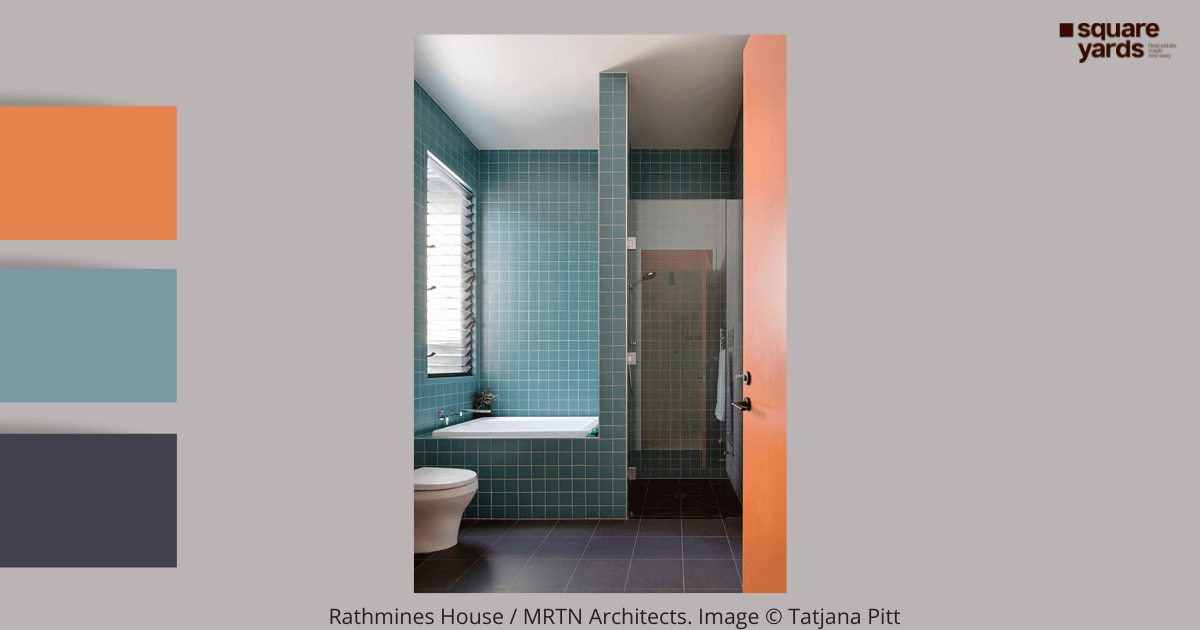
This bathroom layout is a modern interpretation of the retro aesthetic.
Patterned Wallpaper
As a part of the return of maximalism, Vintage-inspired wallpaper is making a huge comeback. The colourful, bold and luscious prints of the retro era, can make a modern style statement when used more strategically. Today, bold, vivid designs are being incorporated in the tiniest spaces; wallpapers are utilised to provide interest and aesthetics to the room by using interesting textures on the wall.
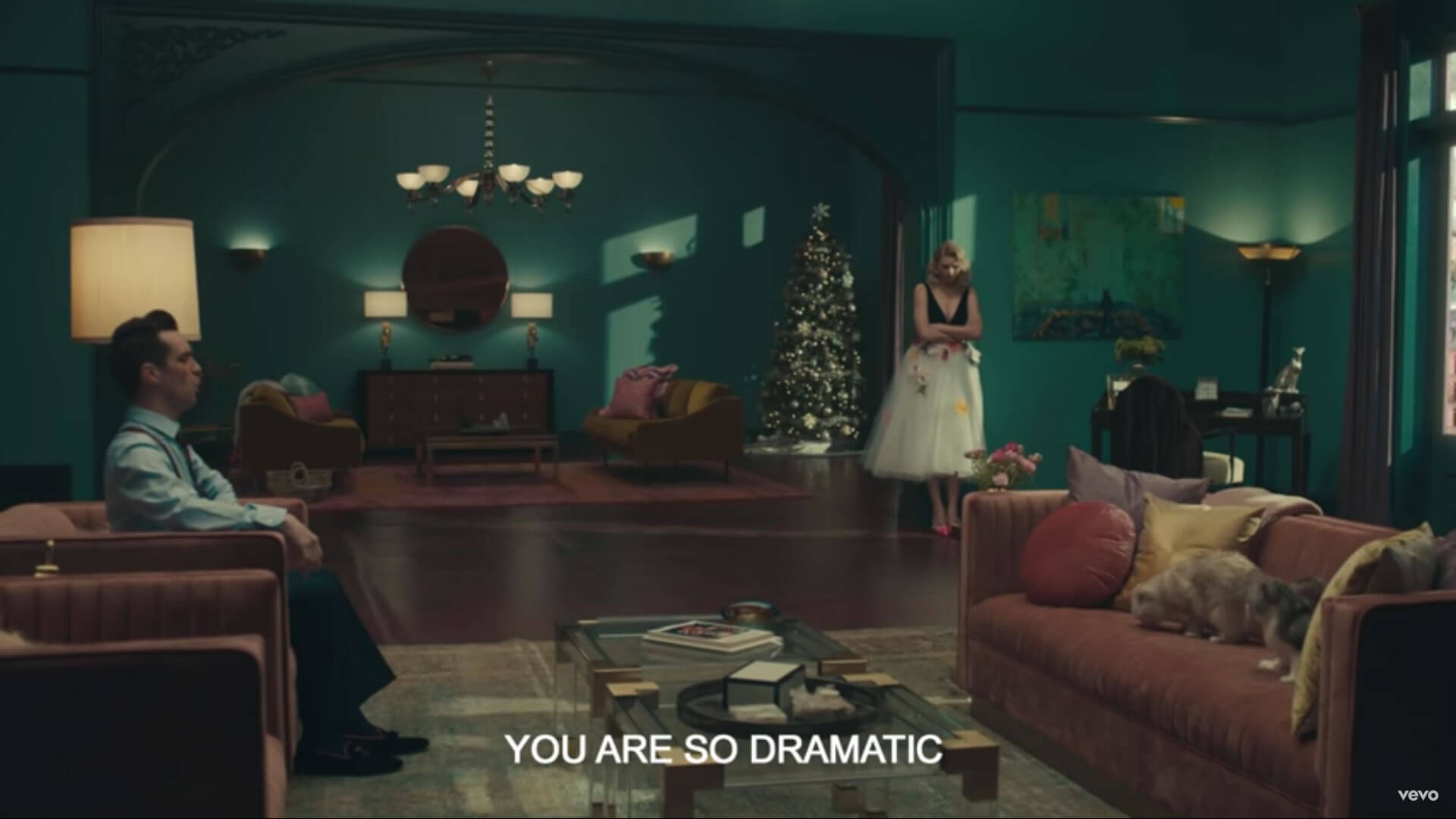
Credits: Taylor Swift/YouTube
Are you also dreaming about this mid-century living room with Jonathan Adler’s Jacques cocktail table? – A still from Taylor Swift’s music video ‘ME!’ is a glam, chic take on 60’s interior design.
The Bold Colours and Peppy Style
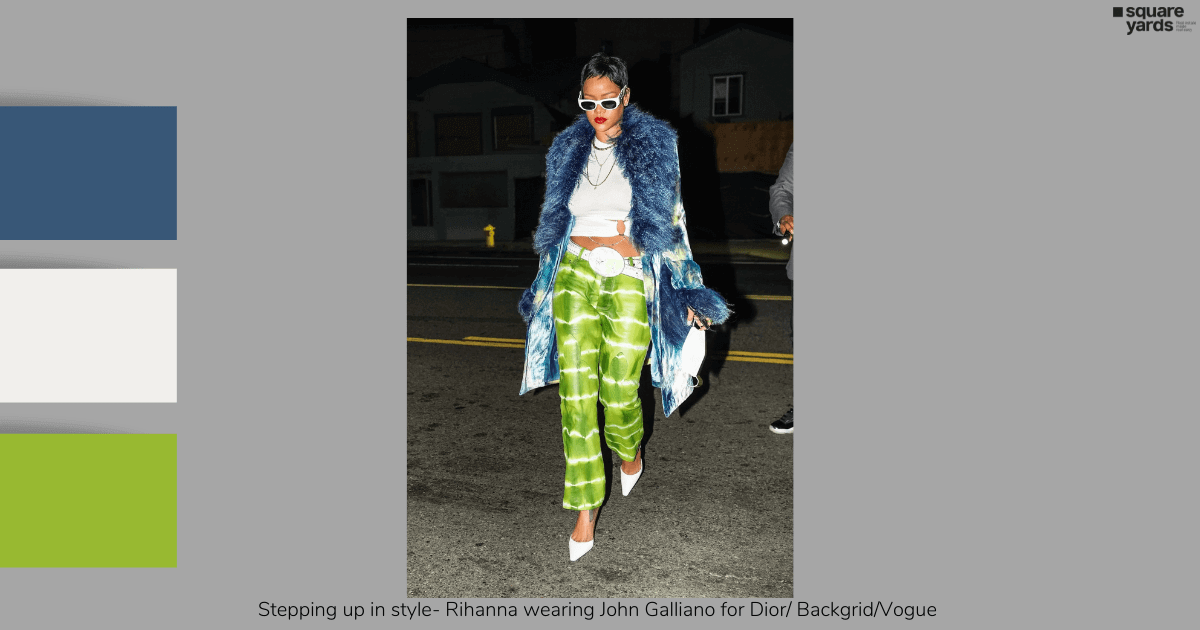
It’s no secret that the fashion and interior design worlds influence each other. The bright colours, groovy patterns, funky prints, bell-bottoms, the bold colour blocking of Esprit, and the iconic pastels of Camp Beverly Hills were the highlights of the fashion era during the 50s-80s. These colours and patterns are also unveiled in interior design through wallpapers, textiles and paint colours. The 50s style was characterised by pastel shades.
View this post on Instagram
On the contrary, the 70s brought saturated, vibrant hues like avocado green, orange, and mustard yellow. However, these shades were replaced by whites and neutrals in the 90s. However, modern interior decor features colours in various scales, from painting entire walls to adding coloured details to tiles, accessories and furniture.
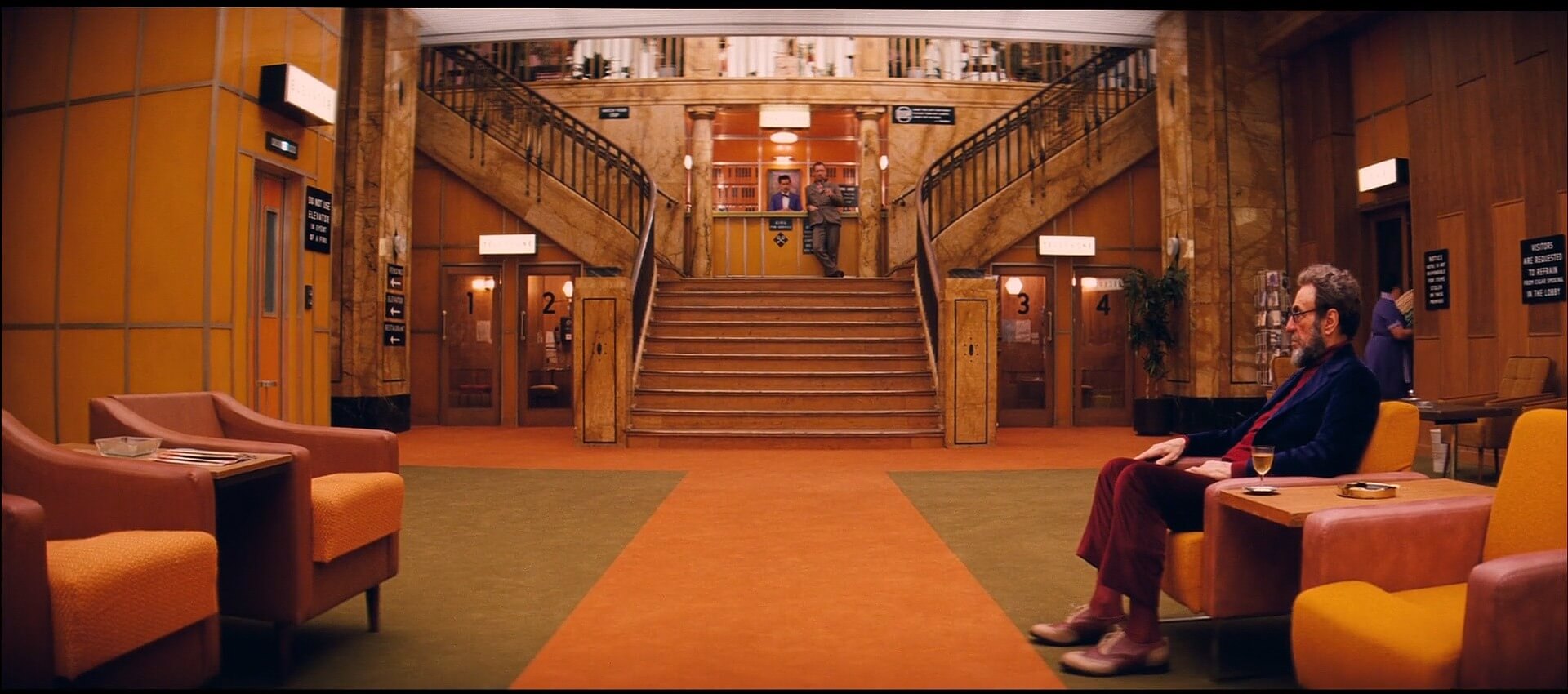
Courtesy: Fox Searchlight/ultraswank.net
A still from the Grand Budapest Hotel displaying the symmetrical orange, green and brown coloured version of the lobby in 1968.
In comparison, 2021-designed Abstinence, an elegant Parisian eatery that revives 1970s interior design, with low-slung lacquered seating, birdseye maple, olive and tan leather and tubular steel furniture.
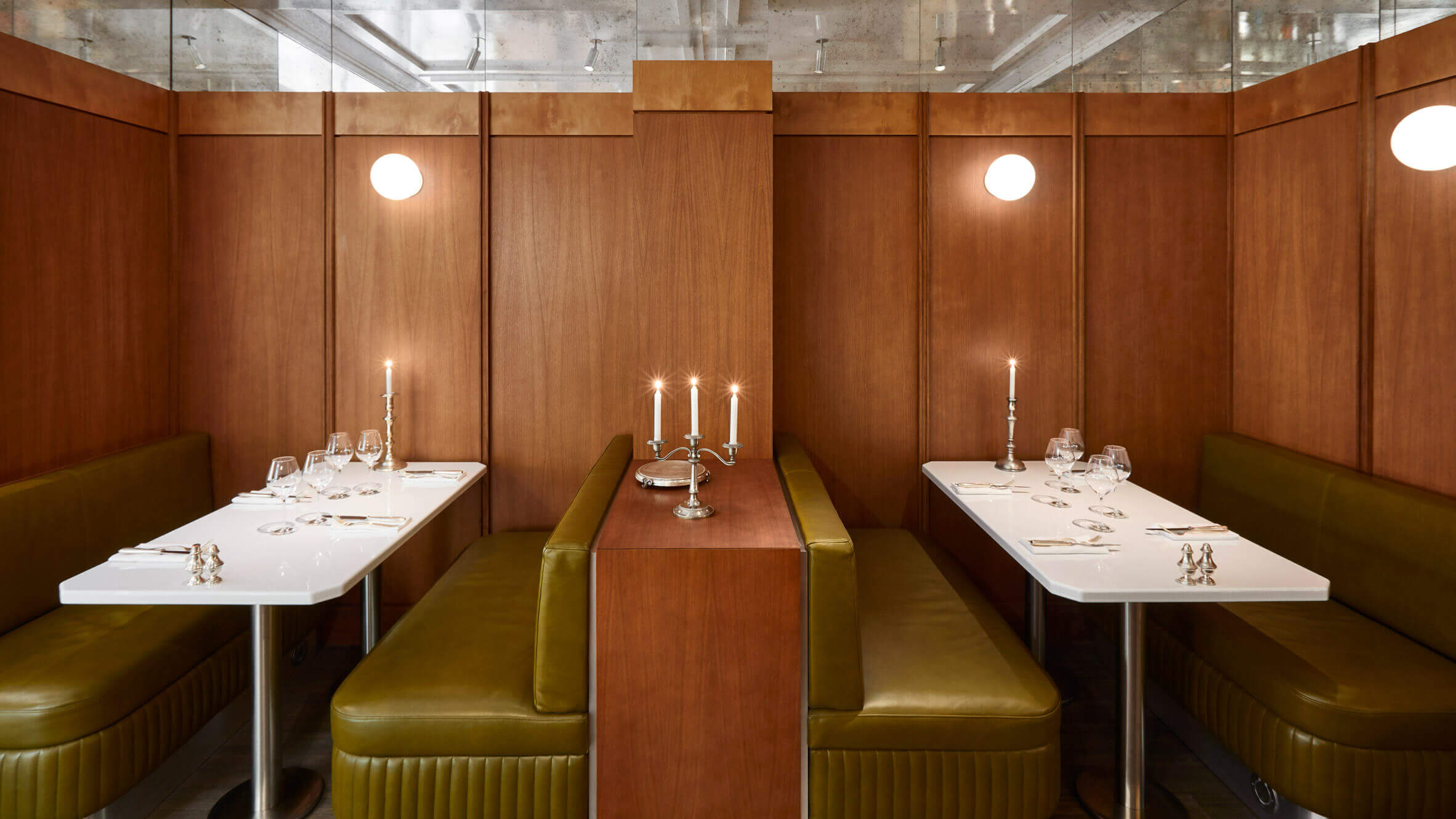
Credits: Francis Amiand
Earthy Tones
With the resurgence of retro style, earthy colour schemes are back in trend. Biophilic accents such as leafy plants, mushroom-shaped lamps, and low-slung furniture help the space feel grounded but still light. The nostalgia for warm, earthy tones and materials like brick, rust, sand and gold metallic elements are calming yet sophisticated.
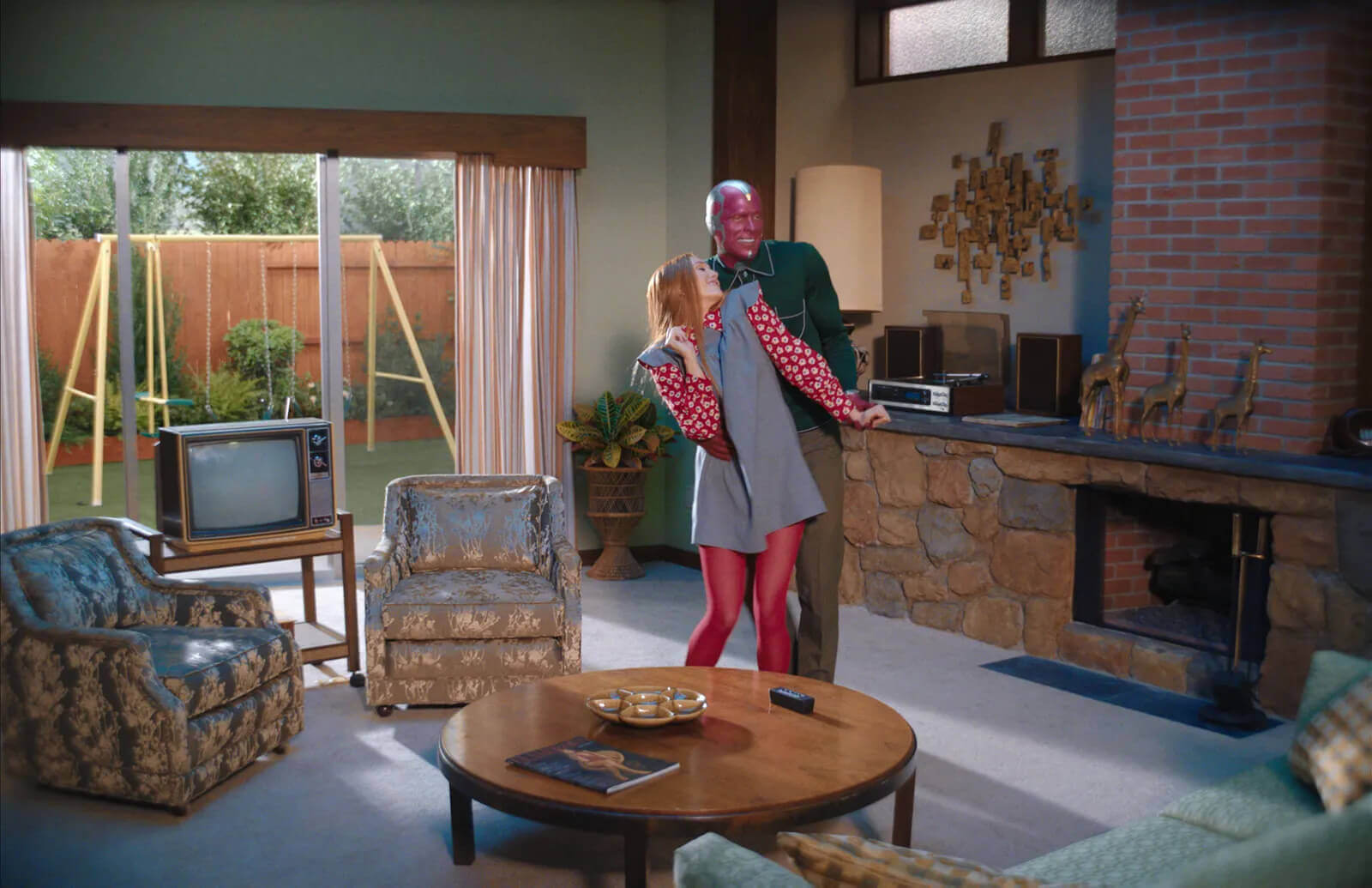
Credit: ©Marvel Studios 2021. All Rights Reserved
A living room shot from the 1970s episode of WandaVision featuring earthy tones, a stone fireplace, armchairs and a wooden table.
see also@ Top 15 Iron Window Grill Design Ideas
Why is Today’s Interior Design Embracing Retro Aesthetics?
The revival of retro design aesthetic in contemporary times can be narrowed down to the following reasons:
A Renewed Importance for Comfort
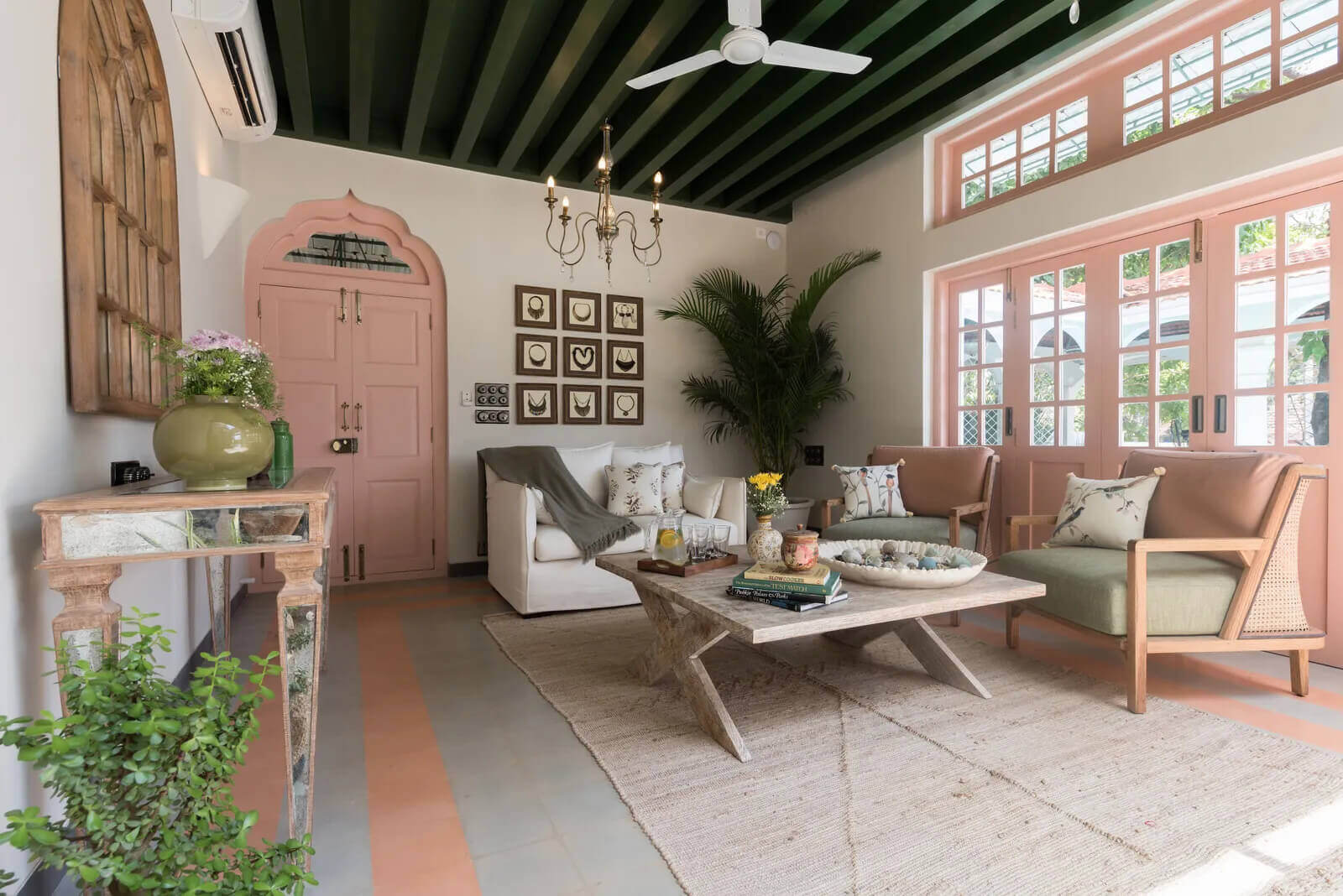
Credit: FADD Studio
The vintage artefacts, pastel shades and verdant accents in this interior setup is a true representation of comfort.
The pandemic has changed the course of interior design and how we live at home in this new decade. A comfortable environment is challenging the obsession with clean lines. We spend more time at home and we all need a space to rejuvenate ourselves. The comfort trend has sparked a surge in decorating our homes with delicate patterns, layering and vintage elements.
The Beauty of Maximalism
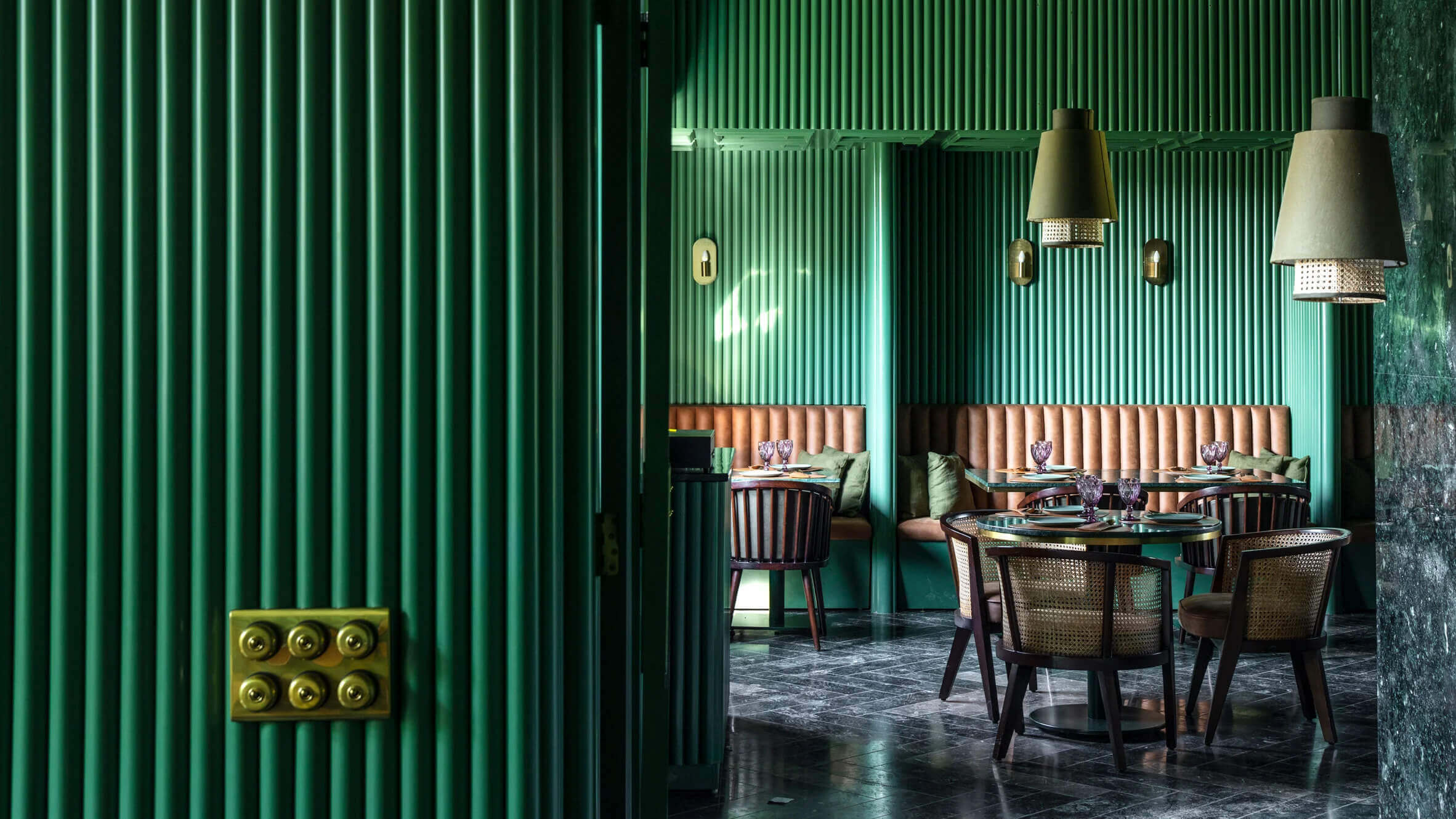
Credit: Niveditaa Gupta
Elgin Cafe in Amritsar, India, is an emerald bistro creating an alfresco dining experience featuring chunky blocks of green granite sourced from Udaipur. The designers added curved wicker chairs and various potted plants to the all-green space that celebrates bold maximalist design.
A few years ago, we were all clearing out heaps of clutter, collections and heirlooms to make way for clean surfaces with minimalist designs. Now, people realise that there is room to nestle vintage elements and artefacts. The idea of maximalism is to curate designs with careful intent by including plants, eclectic colours, repeated patterns, similar tones and other accessories that make a space come to life.
A Longing for Nostalgia
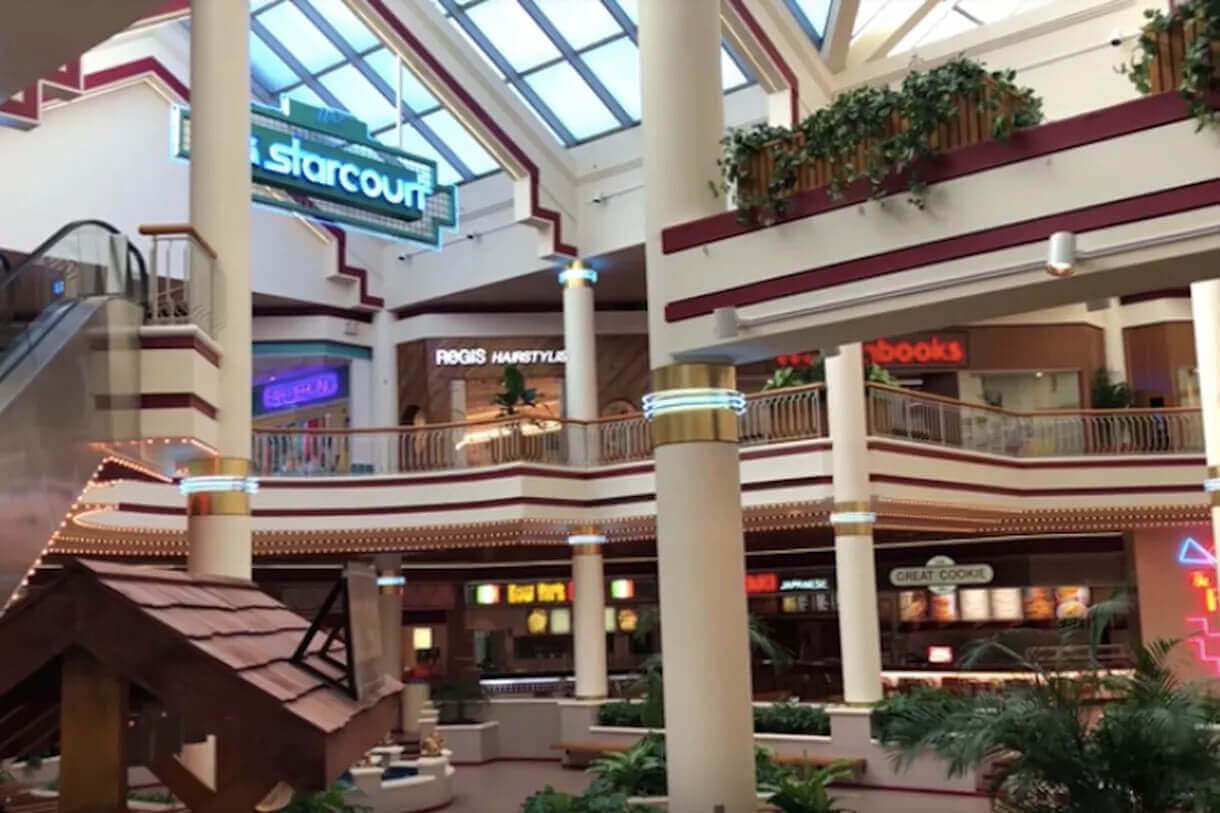
Credit: Ace’s Adventures/Youtube
With the Stranger Things’ new season gearing up for release, here’s a still from the Starcourt mall in Season 3, depicting 1980s and early 90s architecture bringing back the nostalgia of window shopping, playing videogames and the bookstores that have been replaced with online shopping and kindle reading.
Finally, one of the biggest reasons for a newfound appreciation of retro style is a longing for the innate charm of simpler times. New homeowners seek to recreate the comfort of the interiors by mixing old and new, which served as the backdrop to fond memories of spending holidays together and VHS movie nights. Their re-emergence is down to strong design characteristics that are unique and rare and also allow for experimentation and personalisation.
Rent Classy Furniture for Home :- Rental Furniture Services
A Perfect Exemplary: Gusto Cake Cafe by INCO Group
“Retro meets Art Deco with some bubble gum essence” is the concept behind the cafe in Pristina, Kosovo. The café provides two parallel worlds to transport visitors either through a ‘Wanderlust’ of imagination or ‘Dream Big’ realism of the actual world.
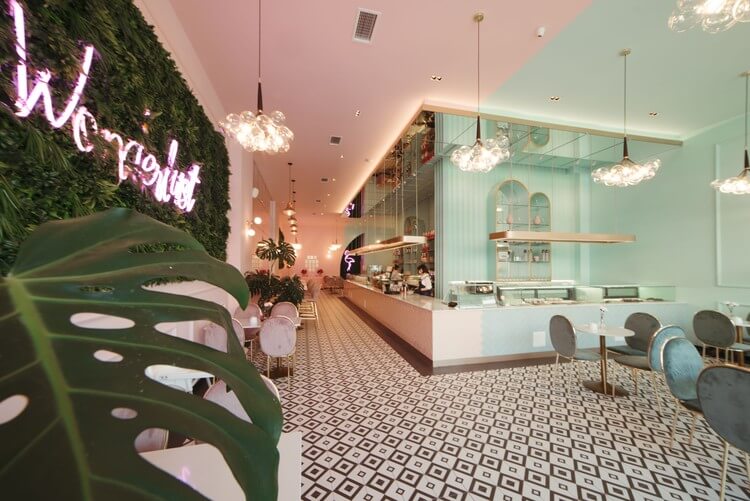
Credit: Milot Tafili
The restaurant walls at Gusto Cake Shop feature dramatic hand-painted elements, flowery walls, botanical elements, geometric tiles and tropical interiors. The furniture follows dusty pink and blue velvets highlighted with gold-toned details to create an eternal and classy space. The lighting fixtures are designed like clouds to give that child-like dream cosmos reminding sweet escapes.
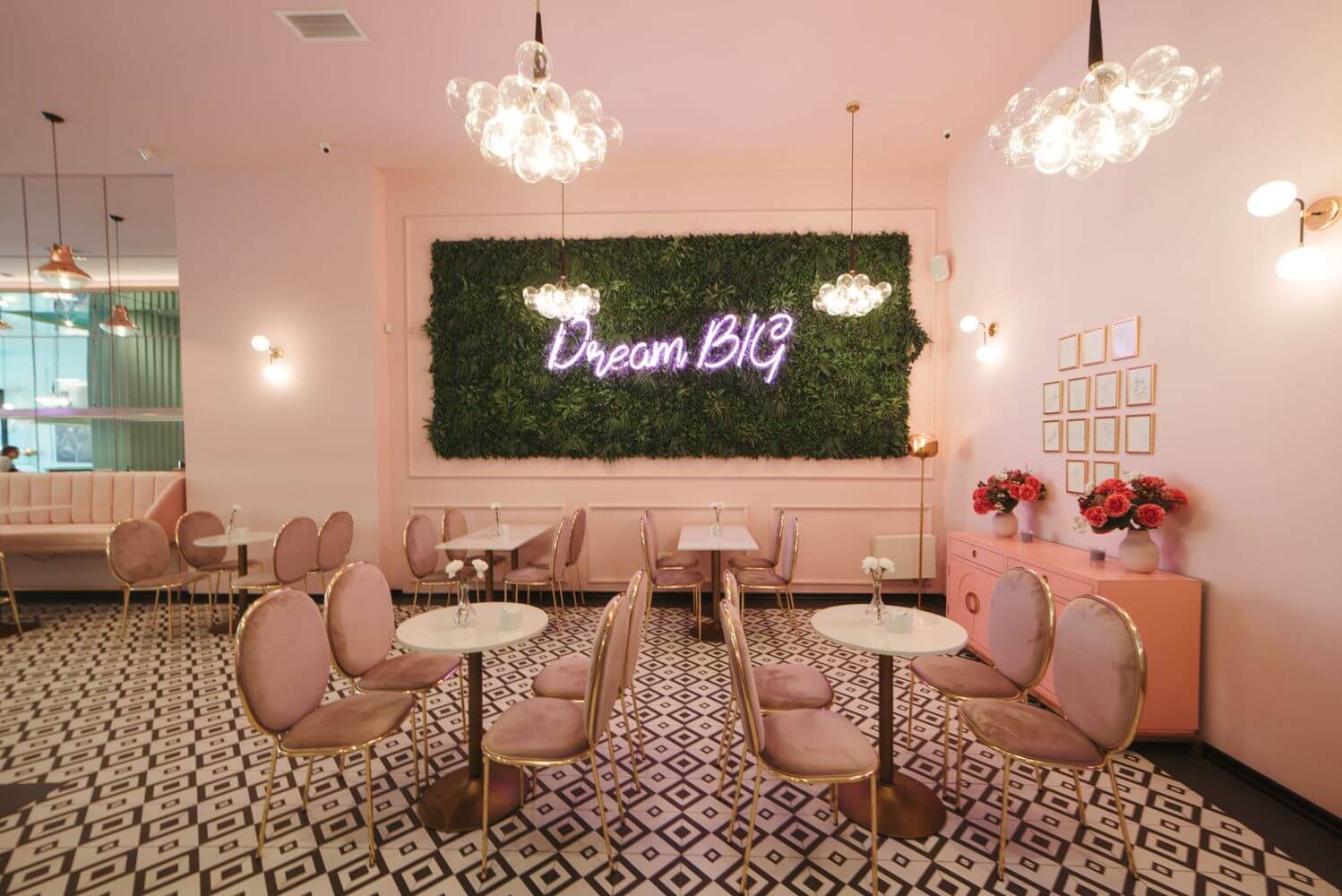
Credit: Milot Tafili
Fun Fact: Retro Never Really Left Us!
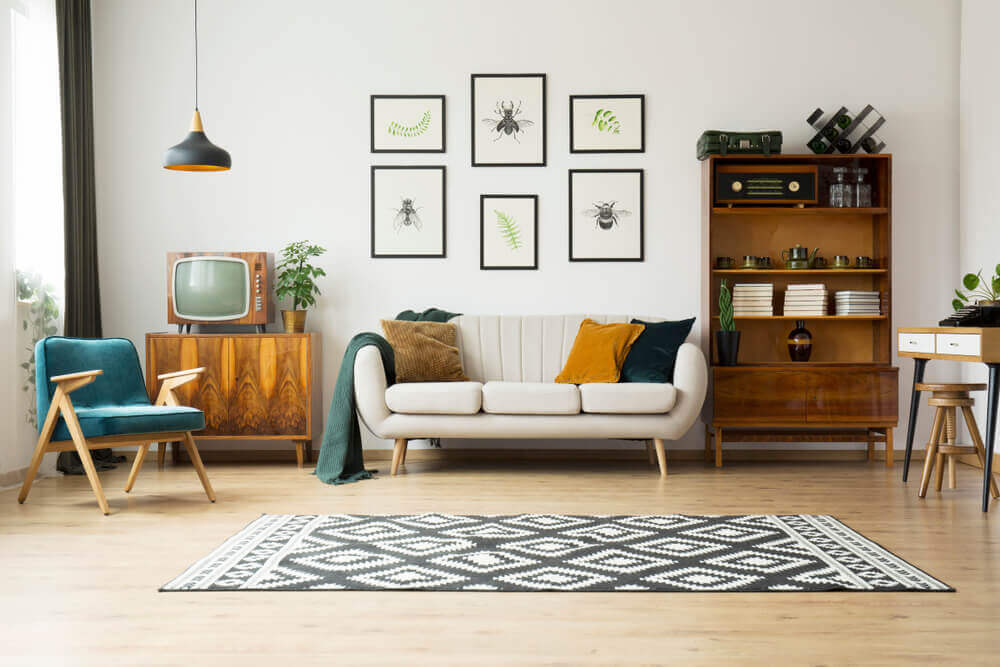
Humankind has a penchant for drawing inspiration from all walks of life, regardless of timelines.
Over the centuries, myriads of art and design movements were centred on the approach of artists’ collective, namely, Art deco, Bahuhas, Mid-century, Pop Art and Psychedelic Design. The impact of many of these movements is still felt today.
The resurgence of retro themes has given rise to a landslide of trends, elements, techniques and styles. The Internet and social media have revived the retro style featuring Instagram-worthy looks you’ll certainly want to replicate in your home. As the interior design industry is getting comfortable with current fads and retro aesthetics, people are acquainting themselves with experimentation. In turn, the designers are creating visually appealing interiors.
Finally, we’ve reached the epilogue of our nostalgic trip. We hope you’re back to the present, with cues from the past, to invest in a futuristic retro-themed abode!
















